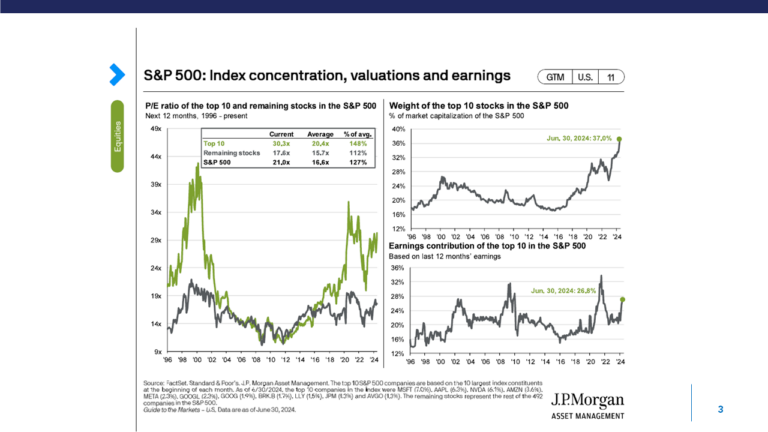The S&P 500 is down roughly 15% from its recent highs and the NASDAQ is down even more. This has caused many investors to be concerned about their financial future and wonder what can be done.
For most people, the prudent thing to do is to stick with their investment plan and not let fear drive themselves to make major shifts in their strategy during extremely volatile times. Significant evidence shows that investors have been terrible at timing the market (see the annual Dalbar Quantitative Analysis of Investor Behavior studies ) and that doesn’t even mention the emotional roller coaster that comes with that form of speculation.
With that said, there are several things you can do to take advantage of lower stock prices. These strategies involve taking a long term view of investing (think 5+ years) and remaining disciplined in sticking with your financial plan. Here are the ways to take advantage of lower prices:
1) Rebalance – This is the most obvious strategy that everyone agrees makes sense, but people rarely do. This involves trimming categories that are overweight and adding to those underweight. Of course you have to determine the appropriate target allocation for your plan before you can even know if you are out of line. Here’s how it works:
- Suppose you decide on a target 50/50 stock and bond mix. After 15% stock market drop you now have an allocation closer to 46% stock and 54% bonds. You should consider selling some bonds to buy enough stock to get back to 50/50.
- Traditionally this is used as a risk management strategy, but when stocks are down big, this maneuver can actually improve returns. The reason people struggle with implementing a rebalancing strategy is because it always feels like the wrong thing to do at the wrong time. It causes an emotion vs discipline tug of war in that you are forcing yourself to sell what is doing well to buy what is doing poorly. People often see the logic in the idea, but struggle to execute in the moment.
2) Tax loss harvesting – Investing in a non-retirement account brings several tax advantages and one of the biggest is the ability to write off tax losses. If you own something that is significantly less than what you paid for it you can sell it, replace it with something similar, and write off the loss. Make sure it is something similar, but not something substantially identical, otherwise you may fun afoul of the IRS wash sale rules. Losses first will offset other capital gains and, if you have no gains, then you can write off up to $3,000 against ordinary income. Losses beyond that can be carried forward to future tax years.
3) Roth conversions – This is my personal favorite tax strategy and one that isn’t utilized nearly enough. This involves converting funds from your traditional IRA to a Roth IRA. Upon conversion, you will owe income taxes on the amount converted. But, if the investment you convert is temporarily down in price, then paying tax while it’s low can be a good idea. If the investment then recovers while in the Roth IRA, then all the subsequent gain is tax-free. Down markets can make Roth conversions even more attractive than the traditional reasons to convert (low tax rate now vs the future).
4) Increase savings to 401k, IRA, Roth IRA – Saving and investing while markets are down means you buy more shares with the same dollars. Increased savings rates further take advantage of lower prices. This strategy is a great way to maximize retirement savings. Here’s a simple example:
- Suppose you save $1,000 to XYZ mutual fund each month and the current price is $100/share. You will buy exactly 10 shares a month. If the price of XYZ mutual fund drops to $85/share your $1,000 now buys 11.76 shares a month. If you increase your monthly savings to $1,500, you are now buying 17.64 shares per month.
- Typically, buying things on sale is a smart financial strategy and buying stocks is no different.
5) Invest unused HSA dollars – This idea is similar to the last, but a relatively new area of the investing world. Many people fund HAS’s and use the money to pay medical expenses as they occur. People can choose to instead let the HSA dollars accumulate and actually invest them. There have been several new, low-cost HSA providers that allow you to invest virtually all of your HSA dollars. Remember, HSAs have triple tax benefits so this can be an extremely valuable way to grow your HSA for the future.
Investing can be extremely difficult and emotionally taxing during times like this. It can be hard to stay disciplined through the wild swings of the stock market but if you remain focused on the long term these strategies will help you take advantage of lower stock prices.
Steven Elwell, CFP®
Partner and Vice President


